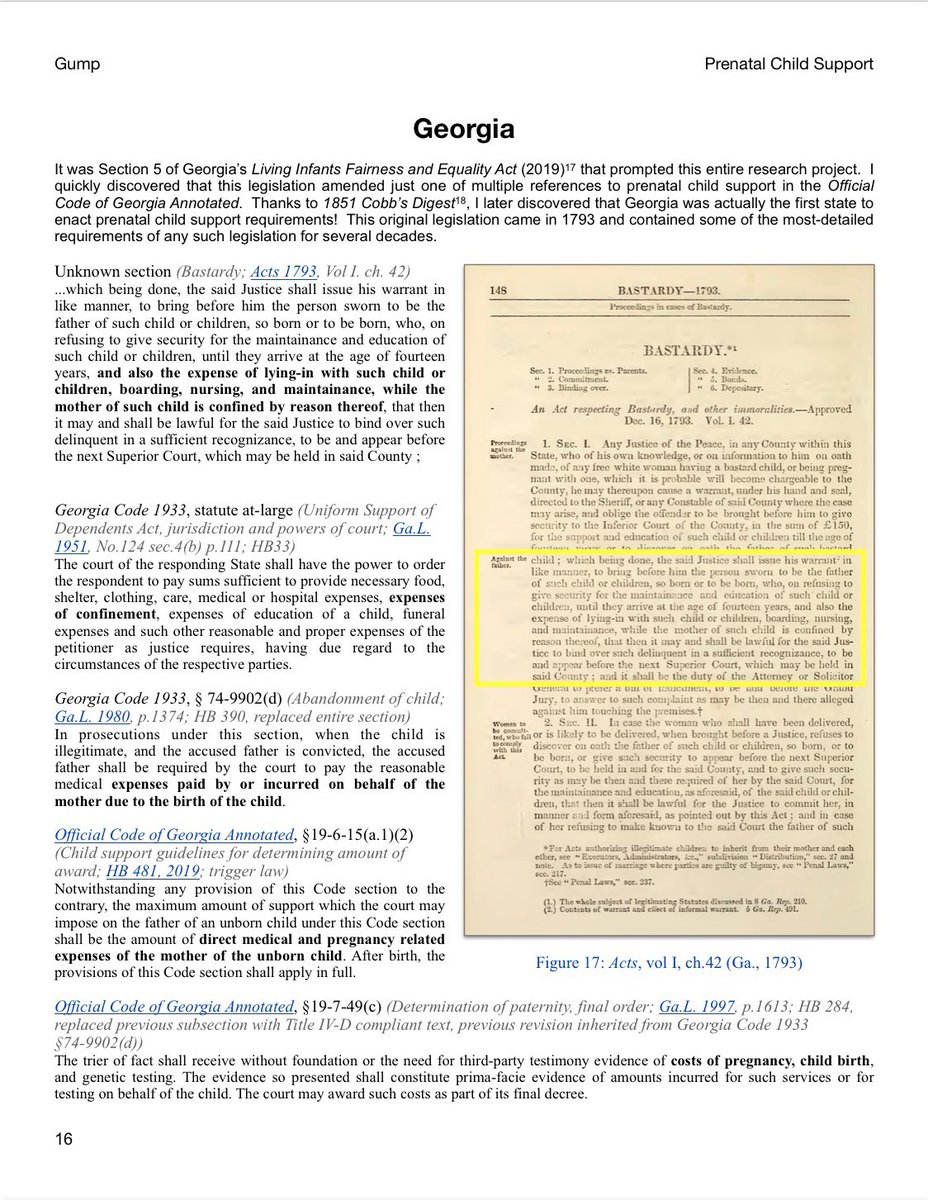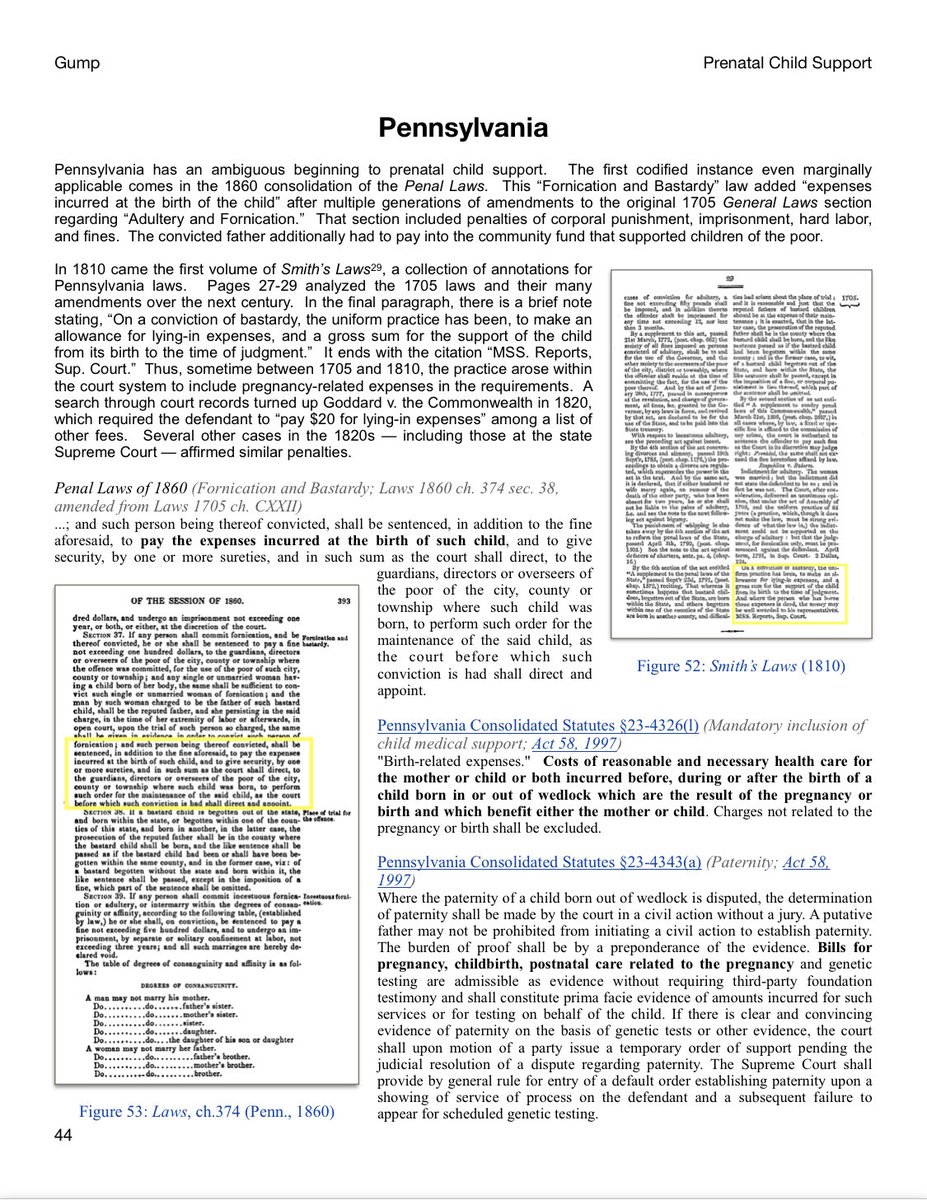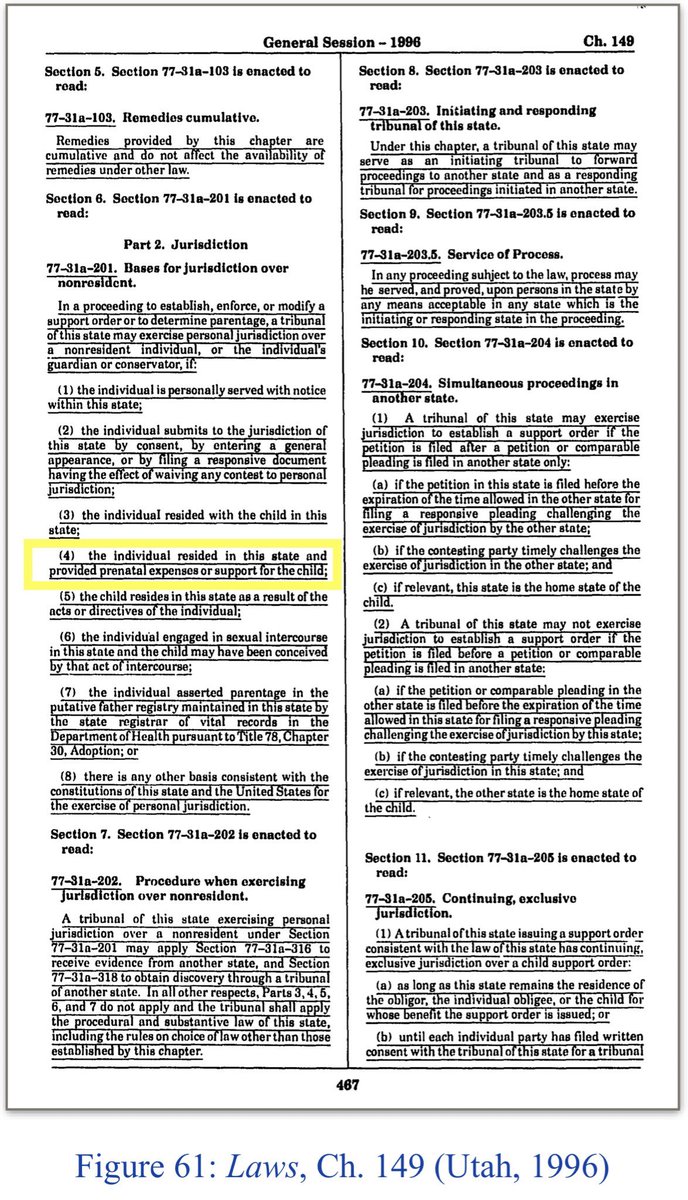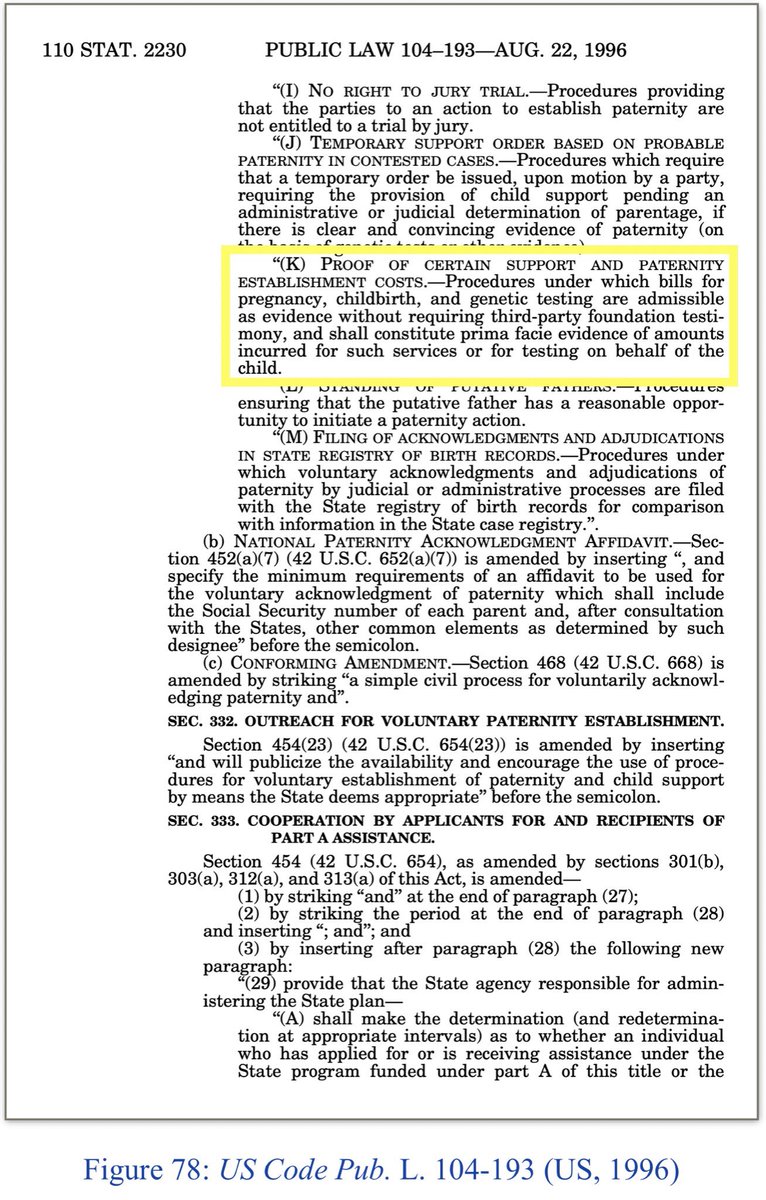
Some discussion on the scuffle over “pinch to zoom” in the #Rittenhouse trial:
We take this technology for granted in the modern age with little thought to what goes into it. The debate on the accuracy of providing a zoomed-in digital video to the jury was very valid.
1/
We take this technology for granted in the modern age with little thought to what goes into it. The debate on the accuracy of providing a zoomed-in digital video to the jury was very valid.
1/
Interpolating pixels is always guesswork, as the original pixels are not present. There have been numerous algorithms & entire hardware acceleration tools developed over the decades to fill in such details.
2/
2/
You can look in any higher-end photo editor and see image resizing settings like “weighted average”, “Gaussian”, “cubic”, etc. Some may have proprietary “smart” filters. No matter what method is used, it’s taking some means of filling in the gaps.
3/
3/
In the simplest sense, the algorithm fills in the missing pixel by sampling those around where it will be placed, using some kind of mathematical weighing of importance to compute what could potentially be there.
4/
4/
In video games, particularly older ones, the effects of image interpolation are immediately apparent on textured objects. A number of interpolation methods exist to improve the appearance, but surfaces still look “smeared” without large source images.
5/
5/
Since the trial focused on iOS: Newer devices support machine learning models to assist image & video interpolation. These helps by detecting edges, gradients, objects, people, animals, etc., but they still just use educated guesswork from the data used to train the models.
6/
6/
That said, such technology is minimally used for pre-recorded footage playback. This is because it is computationally-intensive for something not needed for the vast majority of users.
7/
7/
Zooming in footage taken with a drone at a far distance would be applying best guesses to add in something that may or may not have actually been in the scene. If the footage isn’t clean, results could be graining or blurry — probably not useful in this trial.
8/
8/
Compare this to the judge’s example of a magnifying glass — which he correctly stated is not the same. Using analog magnification can affect brightness & introduce some lens curvature to the source, but the viewer is still seeing what is actually there.
9/
9/
Because of this, telescopes let us see objects far into space; microscopes let us see very tiny objects; glasses or contact lenses let us see more clearly than normal. None of these would be possible with digital interpolation.
10/10
10/10
• • •
Missing some Tweet in this thread? You can try to
force a refresh










